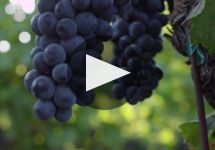La Jota Howell Mountain Merlot 2018
-
Wine
Spectator -
Jeb
Dunnuck -
James
Suckling -
Robert
Parker
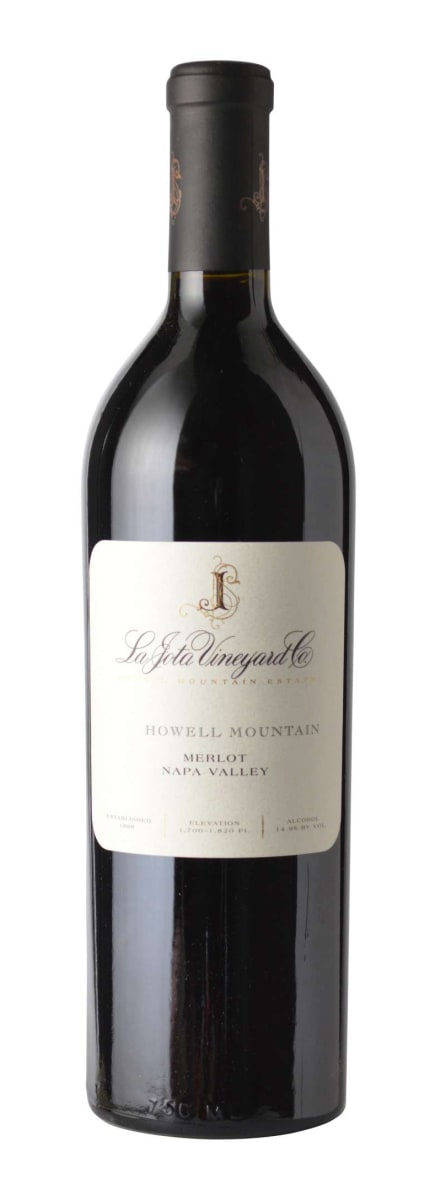


Product Details
Your Rating
Somm Note
Winemaker Notes
Professional Ratings
-
Wine Spectator
Refined, rich and powerfully structured flavors of cherry, currant and dried raspberry are tensile, supported by firm acidity and tannins. Ends with a minerally flourish on the firm finish, with notes of savory herbs. Best from 2022 through 2027.
-
Jeb Dunnuck
In general, 2018 was a great vintage for this variety, and the deep purple-hued 2018 Merlot is stunning stuff. Lots of cassis, candied violets, scorched earth, and graphite notes give way to a medium to full-bodied, beautifully textured, elegant 2018 with polished tannins, no hard edges, and a great finish. It’s going to evolve for 15 years or more.
-
James Suckling
A firm, silky red with blackberry, blueberry and hints of black and green olives and herbs. Medium-to full-bodied with fine, chewy tannins and a fruity finish. Drink or hold.
-
Robert Parker's Wine Advocate
Composed of 89.5% Merlot, 5.5% Tannat and 5% Petit Verdot, the 2018 Merlot Howell Mountain was aged for 22 months in oak, 74% new. Deep garnet-purple colored, it opens with earthy notes of truffles, tilled soil and mossy tree bark with a core of warm cassis, blackberry preserves and fresh plums. Medium to full-bodied, firm and grainy with fantastic freshness and loads of crunchy black fruit flavor layers, it finishes on a lingering mineral note.
Other Vintages
2021-
James
Suckling -
Jeb
Dunnuck -
Wine
Spectator -
Robert
Parker
-
James
Suckling -
Wine
Spectator -
Jeb
Dunnuck -
Robert
Parker
-
Robert
Parker
-
Jeb
Dunnuck -
Wine
Enthusiast -
Wine
Spectator -
Robert
Parker -
James
Suckling
-
Robert
Parker -
Wine
Spectator -
Wine
Enthusiast
-
Wine
Spectator -
Robert
Parker
-
Robert
Parker
-
Robert
Parker
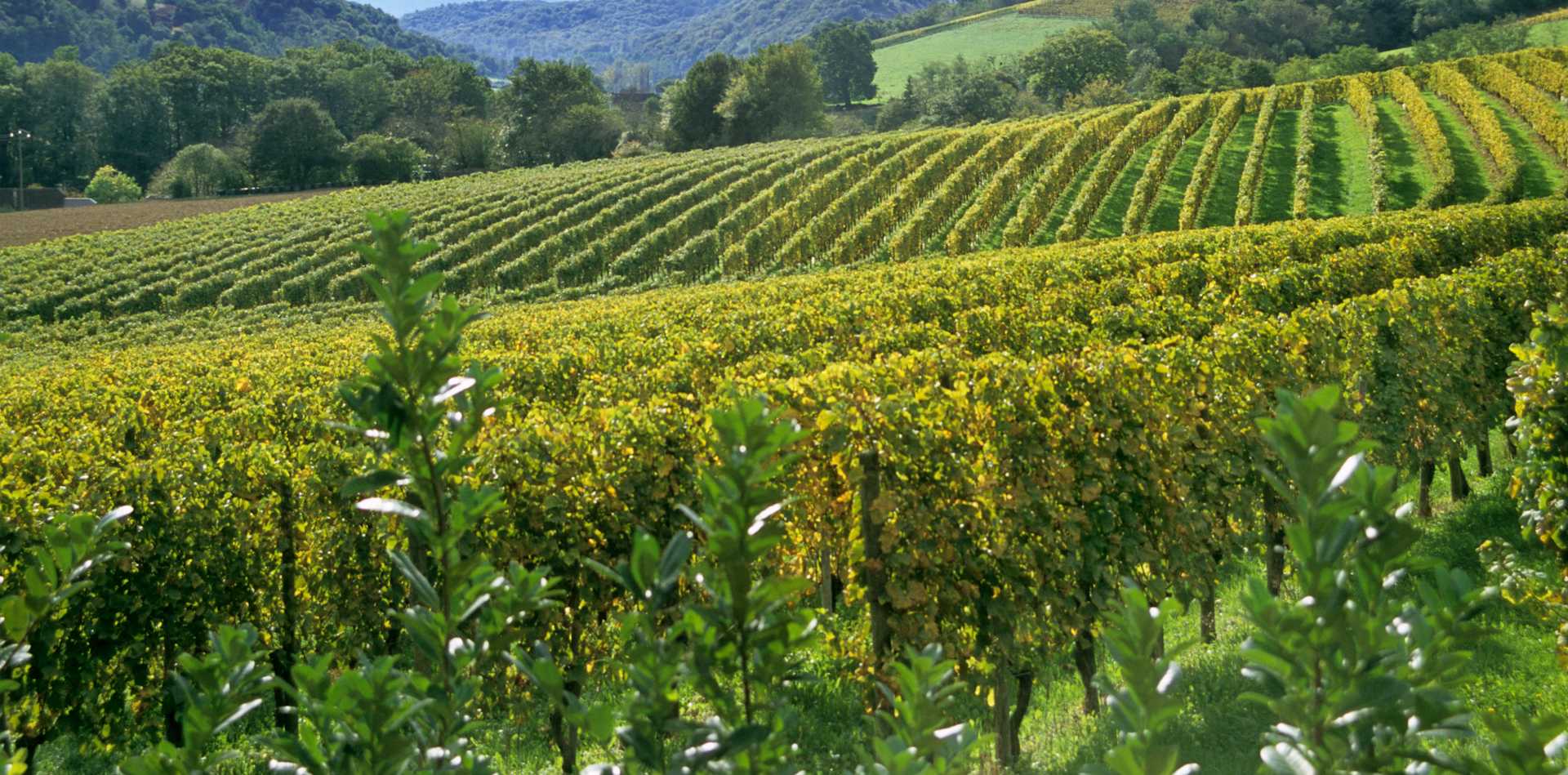
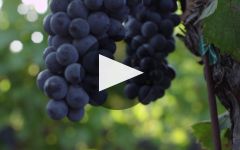
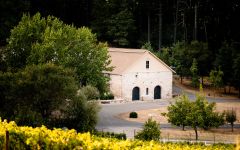
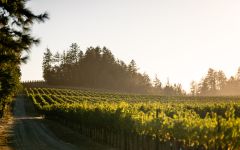
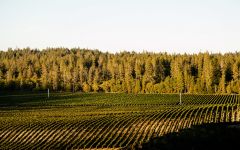

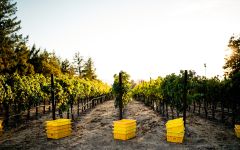
The wines of La Jota have deep roots in Napa Valley. Back in 1888, winemaking pioneer W.S. Keyes planted some of the first vines on Howell Mountain, and 10 years later his contemporary, Fredrick Hess, built a stone winery and established La Jota Vineyard Co., named for its location on the Mexican parcel Rancho La Jota. Both men won medals for their Howell Mountain wines in the Paris Exposition of 1900.
Today, La Jota Vineyard Co. proudly carries on this great legacy with its small-production mountain Cabernet Sauvignon, Merlot, Cabernet Franc, and Chardonnay. All La Jota wines are sourced from the winery’s estate and from nearby W.S. Keyes Vineyard, and they capture the intense fruit and mineral complexity of these cool-climate origins.

With generous fruit and supple tannins, Merlot is made in a range of styles from everyday-drinking to world-renowned and age-worthy. Merlot is the dominant variety in the wines from Bordeaux’s Right Bank regions of St. Emilion and Pomerol, where it is often blended with Cabernet Franc to spectacular result. Merlot also frequently shines on its own, particularly in California’s Napa Valley. Somm Secret—As much as Miles derided the variety in the 2004 film, Sideways, his prized 1961 Château Cheval Blanc is actually a blend of Merlot and Cabernet Franc.

Today Cabernet Sauvignon is the star of this part of Napa’s rugged, eastern hills, but Zinfandel was responsible for giving the Howell Mountain growing area its original fame in the late 1800s.
Winemaking in Howell Mountain was abandoned during Prohibition, and wasn’t reawakened until the arrival of Randy Dunn, a talented winemaker famous for the success of Caymus in the 1970s and 1980s. In the early eighties, he set his sights on the Napa hills and subsequently astonished the wine world with a Howell Mountain Cabernet Sauvignon. Shortly thereafter Howell Mountain became officially recognized as the first sub-region of Napa Valley (1983).
With vineyards at 1,400 to 2,000 feet in elevation, they predominantly sit above the fog line but the days in Howell Mountain remain cooler than those in the heart of the valley, giving the grapes a bit more time on the vine.
The Howell Mountain AVA includes 1,000 acres of vineyards interspersed by forestlands in the Vaca Mountains. The soils, shallow and infertile with good drainage, are volcanic ash and red clay and produce highly concentrated berries with thick skins. The resulting wines are full of structure and potential to age.
Today Cabernet Sauvignon, Merlot and Petite Sirah thrive in this sub-appellation, as well as its founding variety, Zinfandel.
